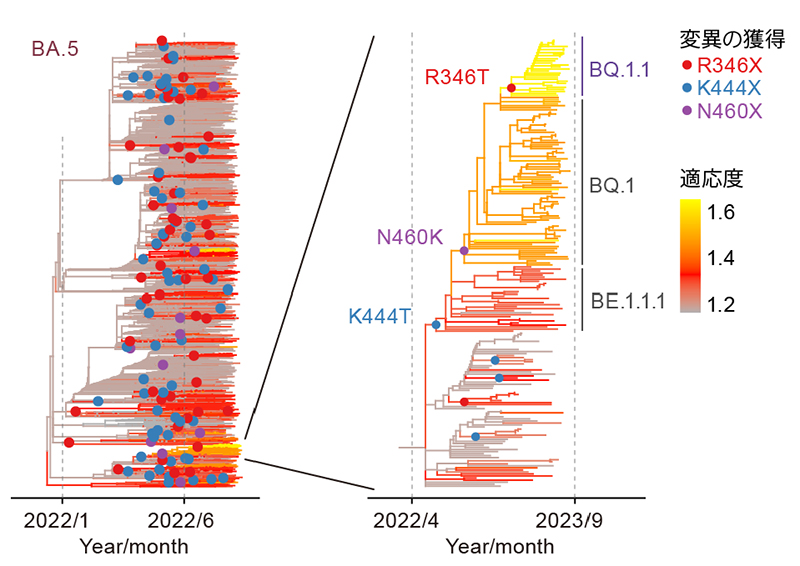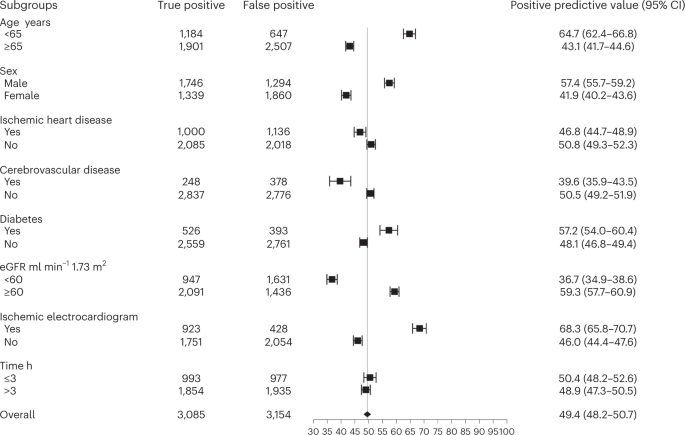2023-05-15 エディンバラ大学
◆エディンバラ大学を中心に行われたこの研究では、科学者たちは強力な顕微鏡技術を用いて、42人の脳から100万以上のシナプスを観察し、個々のシナプス内のタンパク質を可視化しました。
◆研究チームは、アルツハイマー病で亡くなった人々のシナプス内に、タウオリゴマーと呼ばれる小さなタウの塊が存在することを発見しました。タウオリゴマーのタングルは、信号を送る脳細胞と信号を受ける脳細胞の両方のシナプス内に見られました。アルツハイマー病のマウスモデルでは、オリゴマーがシナプスの一方から他方に飛び移り、有毒なタウを脳内に広げます。専門家は、シナプスでのオリゴマータウの減少は、将来的に病気の進行を止める有望な戦略となる可能性があると述べています。
◆アルツハイマー病は、現在イギリスで約90万人が患っている最も一般的な認知症です。この数は2040年までに160万人近くに増加すると予測されています。
<関連情報>

アルツハイマー病におけるシナプスオリゴマータウ-タウ病態の脳内拡散を引き起こす可能性 Synaptic oligomeric tau in Alzheimer’s disease — A potential culprit in the spread of tau pathology through the brain
Martí Colom-Cadena,Caitlin Davies,Sònia Sirisi,Ji-Eun Lee,Elizabeth M. Simzer,Makis Tzioras,Marta Querol-Vilaseca,Érika Sánchez-Aced,Ya Yin Chang,Kristjan Holt,Robert I. McGeachan,Jamie Rose,Jane Tulloch,Lewis Wilkins,Colin Smith,Teodora Andrian,Olivia Belbin,Sílvia Pujals,Mathew H. Horrocks,Alberto Lleó,Tara L. Spires-Jones
Neuron Published:May 15, 2023
DOI:https://doi.org/10.1016/j.neuron.2023.04.020

Highlights
•Oligomeric tau is present in synapses in Alzheimer’s disease cortex
•There is more oligomeric tau than phosphorylated or misfolded tau in synapses
•Synaptic oligomeric tau is present even in areas without tangles
•Oligomeric tau spreads from pre to post synapses in a mouse model
Summary
In Alzheimer’s disease, fibrillar tau pathology accumulates and spreads through the brain and synapses are lost. Evidence from mouse models indicates that tau spreads trans-synaptically from pre- to postsynapses and that oligomeric tau is synaptotoxic, but data on synaptic tau in human brain are scarce. Here we used sub-diffraction-limit microscopy to study synaptic tau accumulation in postmortem temporal and occipital cortices of human Alzheimer’s and control donors. Oligomeric tau is present in pre- and postsynaptic terminals, even in areas without abundant fibrillar tau deposition. Furthermore, there is a higher proportion of oligomeric tau compared with phosphorylated or misfolded tau found at synaptic terminals. These data suggest that accumulation of oligomeric tau in synapses is an early event in pathogenesis and that tau pathology may progress through the brain via trans-synaptic spread in human disease. Thus, specifically reducing oligomeric tau at synapses may be a promising therapeutic strategy for Alzheimer’s disease.


